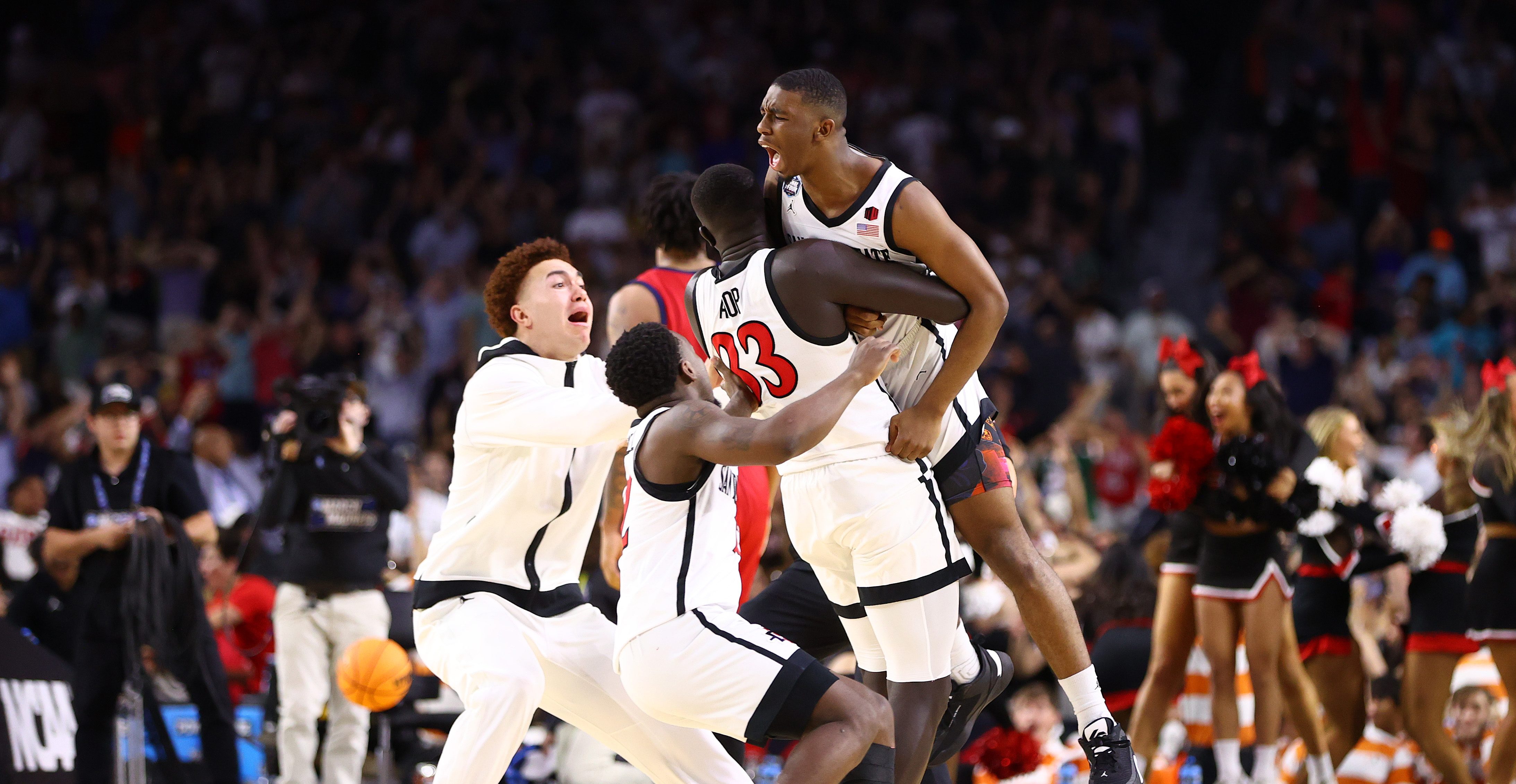
Every week we take at look at some aspect of line play in the NFL. Check back every Thursday for a new Between The Lines.
When the Steelers shut down Brandon Jacobs and the Giants' running game, it was a pretty clear sign that Pittsburgh had fixed the run defense problems that cropped up late last season. But when the Steelers followed that up by shutting down NFL leading rusher Clinton Portis, they showed that they can take the game's best running backs and shut them down.
Portis came into the game having rushed for at least 120 yards and averaging at least 5.0 yards per carry in each of his past five games. On Monday night, Portis rushed for 51 yards on 13 carries, averaging only 3.9 yards per carry. He had a 22-yard run on his third run of the game, then rushed for only 27 yards on his final 10 carries.
So how do the Steelers do it? In re-watching how the Steelers slowed down Portis, the first thing that jumps out is that the Steelers focus more on shutting down the run than most teams. The cornerbacks are coached to fly up in run support, strong safety Troy Polamalu is as much of a linebacker as a defensive back, and the four starting linebackers are all strong enough to shed blockers on plays run at them, but also fast enough to track down plays run away from them.
But in watching the Redskins game, two players stood out. Outside linebacker James Harrison showed that his pass-rushing skills (10 sacks in eight games) may be only the second-best attribute of his game, while defensive end Aaron Smith once again proved that he's a defensive end who has to be double-teamed.
Whether the Redskins ran at him or away from him, Harrison was a land mine to Washington's running game. On the Redskins first six running plays, Harrison had two solo tackles and two more assists. And when he wasn't making the tackle, Harrison was standing up blockers, forcing Portis to cut back to the inside. Harrison showed his strength to battle offensive tackles, and he showed the speed to run plays down.
Smith's impact was more subtle. The defensive end was beaten on Portis' 22-yard run, but only because the Redskins double-teamed him. But when the Redskins tried to block him with one man, Smith consistently had leverage and managed to control the gaps on either side of him. But Smith's impact doesn't usually result in tackles, it usually just disrupts the play. For instance on a four-yard Shaun Alexander run, the Redskins did a lot of things right. Center Casey Rabach drove Casey Hampton four yards off the ball, creating what looked like a gap. But Smith drove his man into the backfield, disrupting the play and forcing Alexander to plant and cut back inside, that allowed Harrison once again to track down the play to make the tackle.
SportsWrap
The top sports headlines of the day
Polalamalu makes an impact as well. We hear all the time on TV of how it's hard to run if there are eight men in "the box." But with Polamalu, it's nearly impossible to read if he's playing in the box or out. Polamalu will line up about three yards behind the linebackers. From that spot, he has the speed to get back out into deep coverage on a pass play, but is still close enough and quick enough to make plays in the running game -- something he showed by flying up from the spot to make a tackle in the backfield on Portis -- torpedoing Sellers and Portis on a one-yard loss. So opposing teams are faced with a quandry--he's both in the box, able to stop running plays, and out of it, able to play a deep half in a cover two zone package. The logical answer is to run play-action passes to try to get Polamalu out of position, but that doesn't work very often.
On Portis' one long gain -- the longest rushing play the Steelers have allowed this year -- the Redskins got the better of Smith for a change. Smith tried to get leverage on the outside shoulder of right guard Randy Thomas, but a double-team block by right tackle Jon Jansen, turned him, allowing Thomas to get leverage and push Smith inside. At the same time, tight end Chris Cooley controlled outside linebacker LaMarr Woodley, keeping him sealed to the outside to create a rushing lane. The Steelers have a lot of redundancies built into their run defense, so that itself didn't mean that Portis would have room to run. But Jansen was able to get a good block on inside linebacker James Farrior, while fullback Mike Sellers delivered an impressive block on Polamalu.
That left Larry Foote, the weakside inside linebacker, as the only man with a clean shot at Portis. Foote was left unblocked, but he was a step short of getting to the hole, which meant that instead of being able to lay a shoulder into Portis, he was left lunging to get a hand on him. Portis' easily ran through the arm tackle and was off for 22 yards before strong safety Anthony Smith could finally slow him down.
But that was one of only two rushing plays where the Steelers made a clear mistake. The only other mishap came on a seven-yard Portis run. Backup linebacker Lawrence Timmons was filling in for Foote. It's clear that while Timmons has more physical tools than Foote, he doesn't read running plays as quickly as the more veteran Foote. Where Foote flowed down the line quickly after making the read, Timmons took several false steps and found himself well out of position. It would have gone for a longer gain, but Harrison, as is usual for him, was able to run the play down from the backside.
Watching the Steelers run defense, it's clear that there isn't any one player who makes it go, but what stands out is that when it comes to run support, there really isn't a weak link anywhere, which likely explains why the Steelers are second in the league in points allowed.
Between The Lines: How the Steelers' Defense Stuffs the Run originally appeared on NFL FanHouse on Thu, 06 Nov 2008 10:00:00 EST . Please see our terms for use of feeds.



